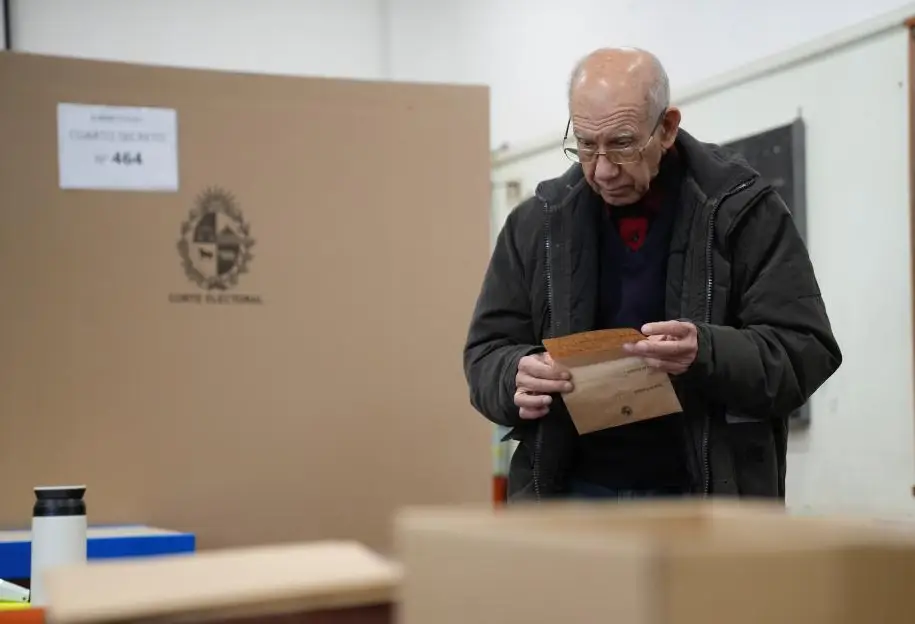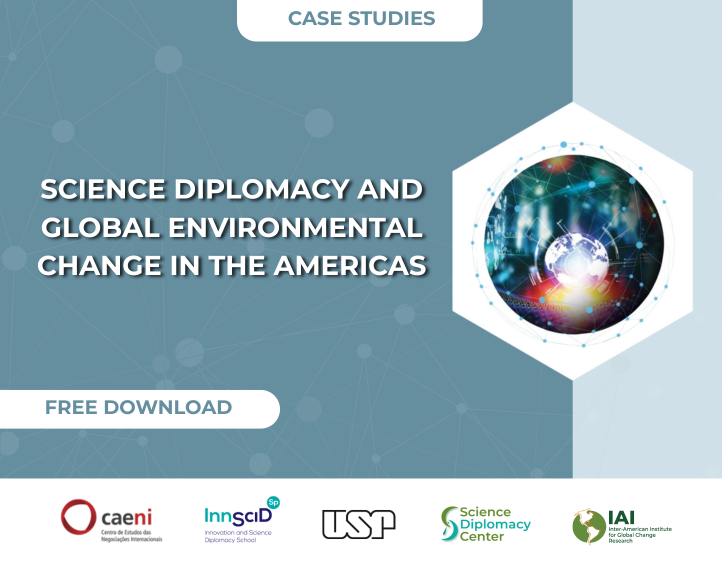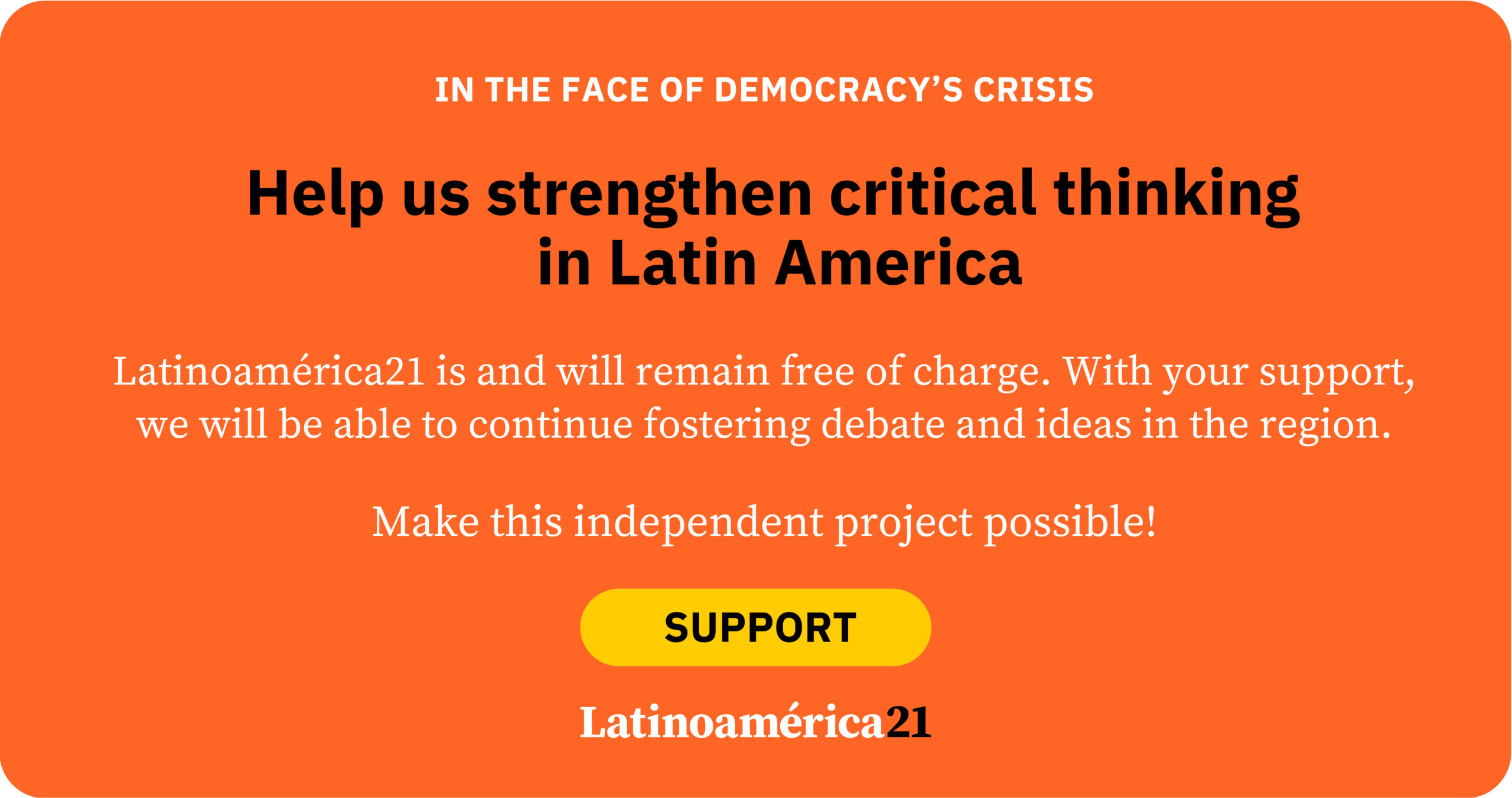After its defeat in 2019, the Frente Amplio did not falter, nor did it sit idly by. On the contrary, it used its return as the main opposition party to work on maintaining unity, pursuing a generational renewal of its leadership, demonstrating strength in the referendum to repeal the Law of Urgent Consideration passed in 2020 and strengthening its ties with the grassroots.
The best indicator that this effort seemed to bear fruit is that the Frente Amplio leads the polls in voting intention ahead of the upcoming general elections and the subsequent runoff. However, certain factors that often don’t receive the importance they truly deserve are working against it in its race to regain the presidency.
Presidential popularity
In the last 42 years, a total of 37 presidents from 14 countries in the region, whose elections took place in a free and transparent environment, entered the months leading up to the start of the electoral campaign with positive approval ratings. In 29 cases (78%), there was a decisive transfer of the executive’s popularity to the ruling party’s presidential candidate, translating into votes.
In Latin America, the executive’s positive approval tends to reasonably predict the continuity of the ruling party’s power. This holds true regardless of whether the ruling party’s presidential candidate is the sitting president, whether the electoral process involves two rounds, or whether the contest is between electoral coalitions.
In fact, the correlation rate between presidential approval and the ruling party’s electoral outcome in Uruguay over the seven presidential elections held between 1989 and 2019 is 85.71%, placing Uruguay among the most consistent in the region. However, in the two instances when presidents were well-rated—Tabaré Vázquez (2005/2010) and José Mujica (2010/2015)—there was continuity in the subsequent government.
In the current campaign, public perception of the performance of center-right president Luis Lacalle Pou has been positive throughout his term. Indeed, in the second half of 2022, presidential approval dropped to 39%, associated with the impact of the “Astesiano case,” a major corruption scandal affecting the president’s inner circle. However, at the beginning of 2023, approval ratings returned to a positive trend. What is truly relevant is that before the start of the electoral campaign, approval of the presidential administration stood at 49%, far surpassing the percentage of those who disapproved (32%).
Exceptions to the rule
Although support for a president sets the trend for what happens in the next elections, there are exceptions. In the 2009 presidential elections in Chile, the candidate of the ruling coalition, Eduardo Frei, entered the campaign bolstered by the high approval of President Michelle Bachelet (78%). However, the leftist candidate was defeated.
More recently, in the 2020 presidential elections in the Dominican Republic, the ruling Dominican Liberation Party’s candidate, Gonzalo Castillo, also campaigned with the high approval of then-President Danilo Medina (56%). However, he was also defeated.
These examples make us question why presidential popularity matters in some cases and not in others. One answer is that, regardless of how high the executive’s approval level may be, the transfer of popularity and its translation into votes for the ruling party’s presidential candidate tends to be nullified if the ruling party faces the electoral contest divided. Therefore, a combination of positive presidential approval and cohesion within the ruling party or coalition is the best predictor of the ruling party’s continuity in power in the region’s democracies.
The unity of the ruling coalition
As a rule, no event tests the unity of the ruling party more than the internal selection process for the presidential candidate. The National Party successfully navigated this hurdle. Its presidential candidate, Álvaro Delgado, won the primary elections on June 30 with a decisive 74% against Laura Raffo, who immediately expressed support for the party’s internal cohesion.
By that time, President Lacalle Pou had overcome the main challenge he faced during his administration: keeping the Republican Coalition—a coalition made up of center-right, right-wing and smaller parties—united throughout the five years of government.
Throughout the period, there were moments of extreme tension, such as when the president requested the resignation of Minister Irene Moreira, a member of Cabildo Abierto, one of the coalition’s parties. However, neither this incident nor others caused significant damage to the coalition, which entered the electoral campaign strengthened.
Therefore, although Uruguay’s left and its new presidential candidate, Yamandú Orsi, are well-positioned to win power according to the polls, they must not underestimate these two variables, which have proven reasonably persistent in predicting electoral outcomes in the region’s democracies and, this time, are not precisely in their favor.













